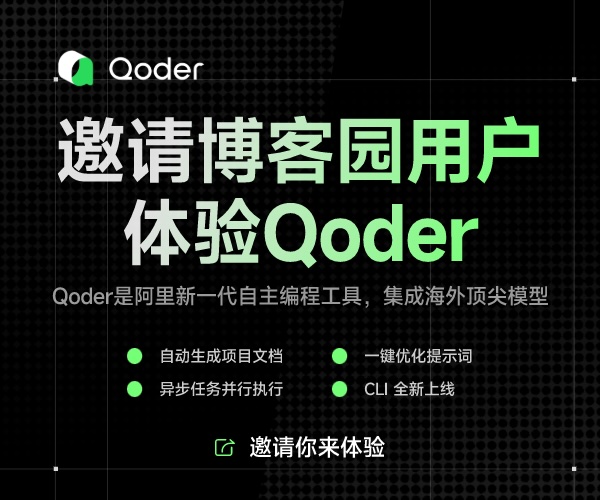Aside: Unix and Posix.
Copy from “Computer Systems A Programmer’s Perspective(CS:APP)” P12
The 1960s was an era of huge, complex operating systems, such as IBM’s OS/360 and Honeywell’sMultics systems.
While OS/360 was one of the most successful software projects in history, Multics dragged on for years and never
achieved wide-scale use. Bell Laboratories was an original partner in the Multics project, but dropped out in 1969
because of concern over the complexity of the project and the lack of progress. In reaction to their unpleasant
Multics experience, a group of Bell Labs researchers — Ken Thompson, Dennis Ritchie, Doug McIlroy, and Joe
Ossanna — began work in 1969 on a simpler operating system for a DEC PDP-7 computer, written entirely in
machine language. Many of the ideas in the new system, such as the hierarchical file system and the notion of a
shell as a user-level process, were borrowed from Multics, but implemented in a smaller, simpler package. In 1970,
Brian Kernighan dubbed the new system “Unix” as a pun on the complexity of “Multics.” The kernel was rewritten
in C in 1973, and Unix was announced to the outside world in 1974 [61].
Because Bell Labs made the source code available to schools with generous terms, Unix developed a large following
at universities. The most influential work was done at the University of California at Berkeley in the late 1970s and
early 1980s, with Berkeley researchers adding virtual memory and the Internet protocols in a series of releases called
Unix 4.xBSD (Berkeley Software Distribution). Concurrently, Bell Labs was releasing their own versions, which
become known as System V Unix. Versions from other vendors, such as the Sun Microsystems Solaris system, were
derived from these original BSD and System V versions.
Trouble arose in the mid 1980s as Unix vendors tried to differentiate themselves by adding new and often incompatible
features. To combat this trend, IEEE (Institute for Electrical and Electronics Engineers) sponsored an effort
to standardize Unix, later dubbed “Posix” by Richard Stallman. The result was a family of standards, known as
the Posix standards, that cover such issues as the C language interface for Unix system calls, shell programs and
utilities, threads, and network programming. As more systems comply more fully with the Posix standards, the
differences between Unix version are gradually disappearing. End Aside.


